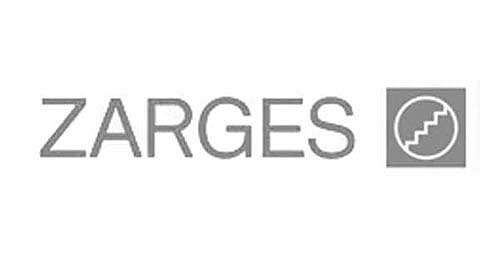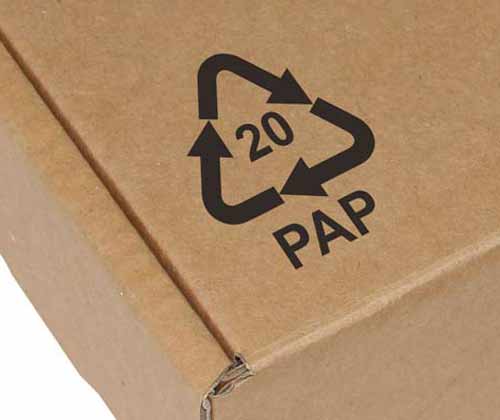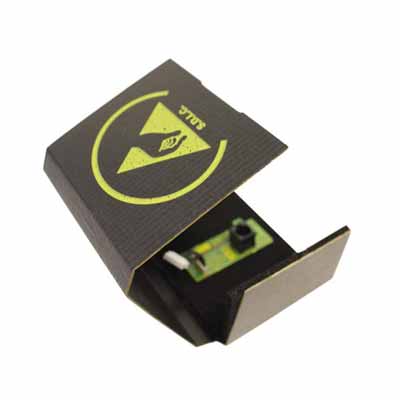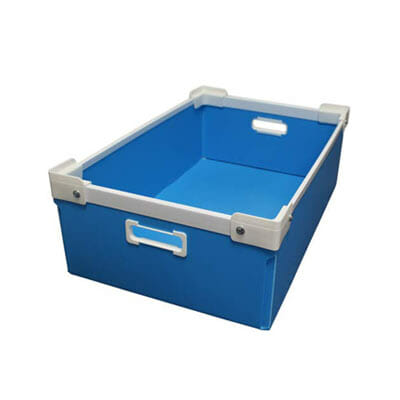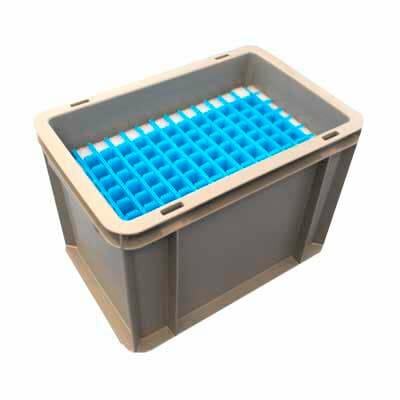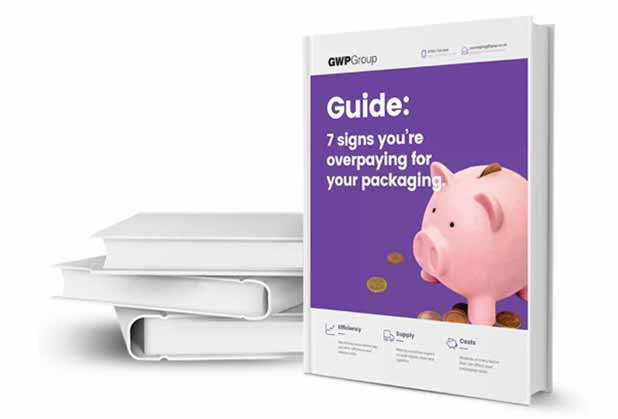Anti-corrosion packaging
A comprehensive guide to volatile corrosion inhibitors
Even if your business ships metal parts, components, or products, you may still need to ask what VCI is, and be unaware of how it affects your packaging and processes.
VCI stands for Volatile Corrosion Inhibitor. VCIs are chemical compounds that release anti-corrosion molecules into a sealed air space, protecting exposed metal surfaces from corrosion. These inhibitors are incorporated into packaging materials, such as paper and plastic. VCI packaging prevents rust and corrosion during the storage, handling, and shipping of metal products.
In this guide we’ll cover:
- What is VCI, and how does it work?
- The types of VCI packaging available.
- The advantages it offers.
- How to use it correctly.
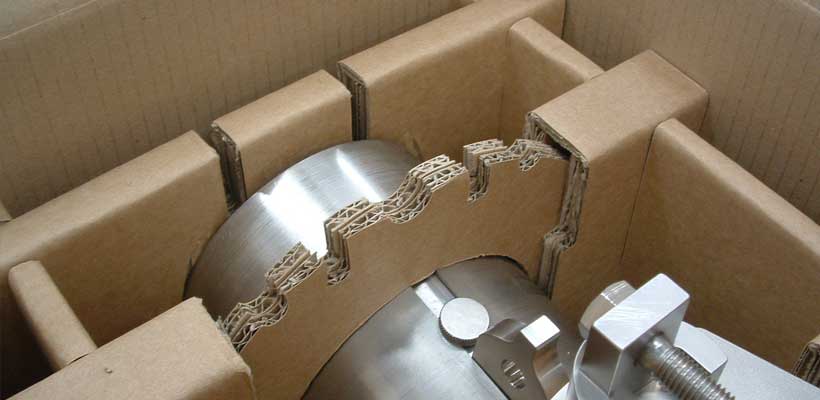
Contents
02: Types of VCI packaging
03: Advantages of VCI
04: How to use VCI packaging
05: Summary
Understanding VCI
What is corrosion, and why is it a problem?
Corrosion is the slow breakdown of metals from exposure to air, moisture, or chemical reactions (such as acids) on their surface. When this happens, certain metal materials rust, becoming unusable.
Iron and steel are susceptible to rust and should, therefore, be protected with VCI packaging. Metals containing zinc, magnesium, and copper also require VCI packaging.
Corrosion can affect numerous industries, including construction, automotive, aerospace, and marine sectors. Ensuring protection is crucial if you produce, store, handle, or ship metal-based products in these (or any other) fields.
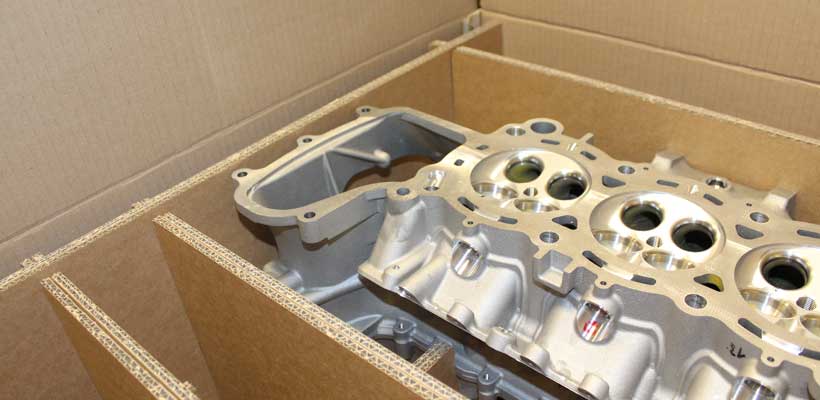
Chemical composition and mechanism
VCI packaging protects metal parts from corrosion, a pervasive and costly problem, particularly during storage and distribution. Traditional anti-corrosion methods can be messy, expensive, and hazardous to both personnel and the environment.
VCI packaging works by continuously releasing a blend of special chemicals that vaporise to create anti-corrosion gases.
Inside the sealed airspace of VCI packaging, these chemicals form a microscopic, invisible layer on the metal surfaces, blocking the electrochemical processes that cause rust.
VCI passivates the electron flow between anodic and cathodic areas on metal surfaces, providing comprehensive protection. This protective layer saturates the air inside the packaging and penetrates crevices, slots, and otherwise unreachable areas of the metal parts, ensuring total protection.
Effectively, VCI makes affected metals unreactive by altering the surface layer.
VCI, VPI, VPCI… What's the difference?
Whilst VCI stands for Volatile Corrosion Inhibitor, various companies might use different names and abbreviations. Examples include:
- VCI – Vapor Corrosion Inhibitor
- VPI – Vapor Phase Inhibitor
- VPI – Volatile Phase Inhibitor
- VPCI – Volatile Phase Corrosion Inhibitor
- VPP – Vapor Phase Paper
- MPI – Metal Phase Inhibitor
Essentially, all these terms refer to the same chemical process. Companies adopt different names or abbreviations for marketing purposes.
Types of VCI packaging
What VCI packaging options are there?
There are several different VCI packaging options, each with slightly different properties and used in somewhat different ways.
Types of VCI packaging include:
- VCI bags.
- VCI papers.
- Cardboard boxes with VCI coating.
- VCI stretch wrap.
- VCI bubble wrap.
- VCI fabric.
VCI bags
VCI bags are the most prevalent VCI packaging product. They are made from polyethene coated with chemical compounds that provide the VCI performance.
These are sometimes referred to as Dolav liners or gusseted VCI bags for larger items. Similar to smaller grip seal bags, they offer excellent rust prevention.
VCI paper
Another popular anti-corrosive packaging product is VCI kraft paper. This rust-inhibiting paper comes in rolls, with one side coated in VCI chemicals, making it ideal for protecting ferrous metal products during storage and shipping.
The reverse side can feature a coating with moisture barriers for additional protection.
VCI cardboard
VCI cardboard is a cost-effective alternative to using a regular box with a VCI lining bag. Like anti-corrosion paper, the corrugated board has a thin VCI coating applied that is clear and invisible to the eye.
The key benefit of using cardboard VCI packaging is that it significantly reduces packing times (it does not add an extra process for staff, such as placing items into a bag or paper).
VCI cardboard boxes are also among the most environmentally friendly options, being reusable and recyclable without using any plastics.

VCI stretch wrap
VCI stretch wrap is an excellent choice for palletising goods requiring rust prevention. It’s perfect for securing large metal items, such as engines or irregularly shaped products.
Like other anti-corrosion packaging, VCI stretch wrap incorporates VCI molecules into the polymer during the film’s manufacturing process.
VCI bubble wrap
Similar to VCI stretch wrap, this rust-preventing bubble wrap has volatile corrosion-inhibiting chemicals incorporated into the material during manufacturing. However, it also adds a degree of cushioning protection compared with films and papers.
VCI fabric
VCI fabric or metal wrap is made from woven high-density polyethene coated on one side with corrosion-inhibiting chemicals. It can be used with ferrous metals to prevent rust and non-ferrous metals to prevent tarnishing and oxidisation. It can also provide general surface protection.
Advantages of VCI
How VCI packaging can benefit your business
It may seem obvious if you’re shipping metal products, but VCI packaging offers numerous advantages.
Protect your products
VCI packaging prevents corrosion and oxidation, ensuring your products remain in optimal condition during shipping, handling, and transit. Metal products remain in pristine condition.
This can actively extend the product life by reducing the risk of rust and oxidation while maintaining its quality and functionality.
VCI vapours can penetrate crevices, slots, and other hard-to-reach areas, providing complete protection for complex metal parts. The continuous release of VCI compounds ensures ongoing protection even if the packaging is opened and resealed.

Reduce costs
By providing effective protection, VCI packaging lowers expenses resulting from damage, replacements and reverse logistics.
Similarly, less frequent inspections and maintenance of stored products are required due to the protective properties of VCI.
Environmental and safety benefits
Unlike traditional anti-corrosion methods, VCI packaging is typically less messy and reduces the need for hazardous materials, promoting a safer working environment.
Furthermore, modern VCI solutions often include environmentally friendly and recyclable materials, reducing the environmental impact of your packaging process.
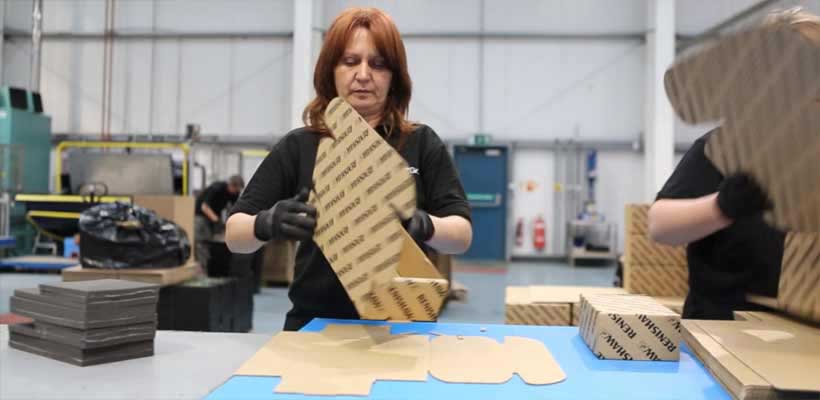
How to use VCI packaging
Packing and storage
Anti-corrosion packaging prevents metal corrosion during storage and transit. It can also protect machine parts when they are not in use.
To minimise the risk of corrosion, you should package metals immediately.
Products must be clean and thoroughly dried before packing. Even small amounts of water can cause corrosion inside anti-corrosion packaging.
For long-term storage, regular inspections are recommended to ensure the packaging remains undamaged and effective. Anti-corrosion packaging should be replaced every 2-3 years.
Proper usage
Anti-corrosion packaging is effective in most environments, provided it is shielded from extreme conditions like freezing temperatures or excessive heat. It is essential to prevent the packaging from becoming too wet, as moisture increases the risk of contamination or failure.
VCI packaging can often be reused if it is kept clean, dry, and free from damage, which adds to its cost-effectiveness.
The corrosion-inhibiting compounds that actively prevent surface corrosion do not impact the metal’s performance.
Summary
Sourcing VCI packaging
The cost of product damage caused by corrosion can significantly impact your business. As such, using suitable VCI packaging can be vital when storing or transporting metal goods and parts.
At GWP, we have over 30 years of experience providing VCI packaging to businesses of all sizes. We can also offer a full design service, manufacture your packaging at our UK manufacturing facility, and provide expert advice on the best solution for your specific application.
Please contact us today for expert advice and assistance in finding the best VCI solution for your business.
Share this article
Further reading

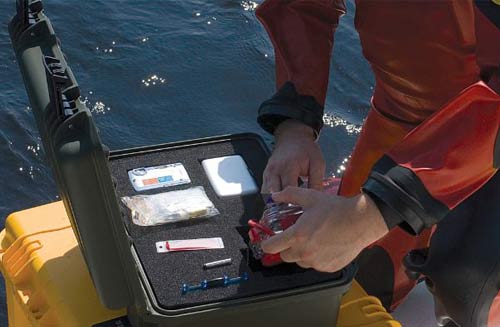
About the author

Emily has been involved in the returnable packaging industry for over a decade, joining GWP in 2014. She has excellent knowledge of both Correx and ESD packaging.
Products in this guide
Get in touch
Related guides
Analysis: Single trip packaging vs returnable packaging
Export packing lists – 10 crucial details to include in 2025
Transit packaging symbols (meaning and downloads)
How to pack automotive parts – 11 vital considerations
Maritime packaging – 7 essential characteristics
What is Foreign Object Damage, and how can it be prevented?
7 important advantages of automotive returnable packaging
What is ESD packaging, and why does your business need it?







